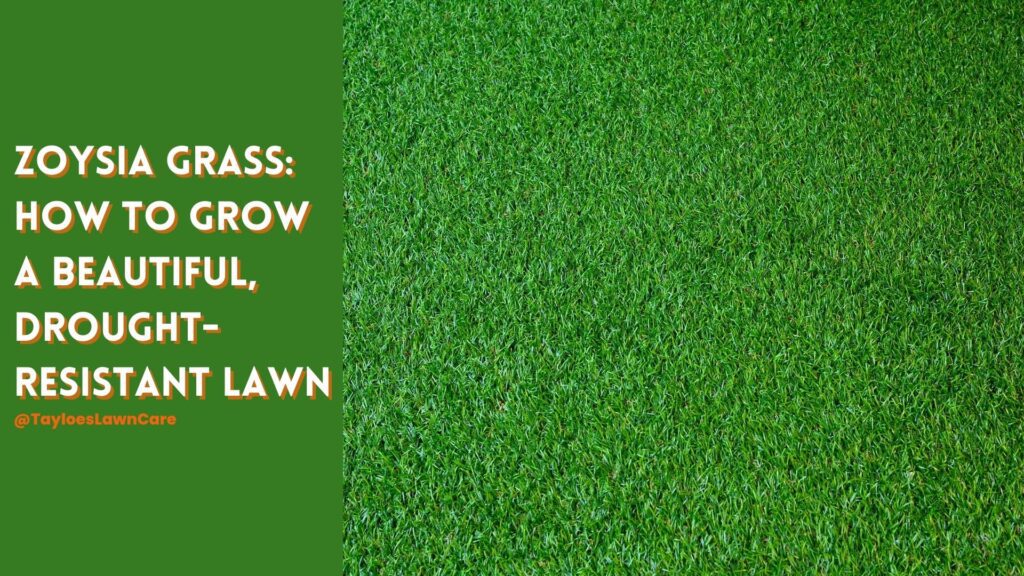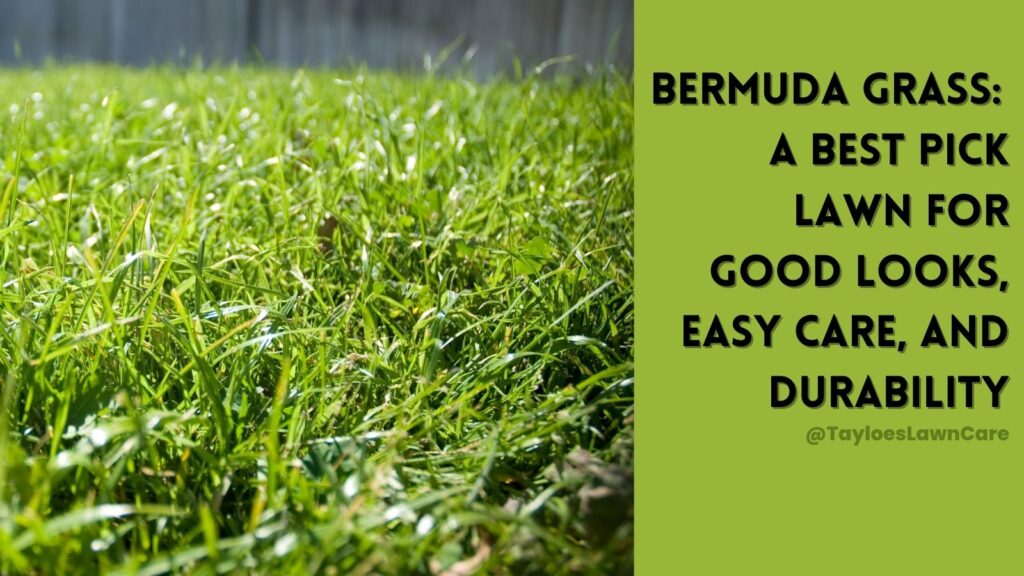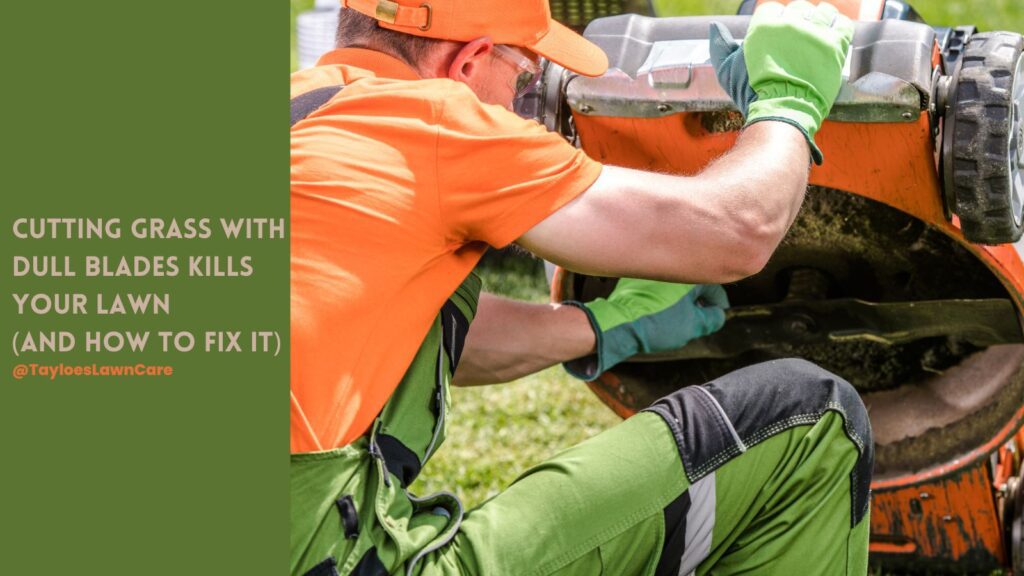Last Updated on: 30th October 2023, 02:14 pm
A heat-tolerant grass is a necessity in northeastern NC.
Centipede grass (Eremochloa ophiuroides) is a warm-season grass popular in the southern United States, growing best anywhere within USDA plant hardiness zones 7 through 10. Many choose this lawngrass for its low-maintenance and drought-tolerant characteristics. It is a popular option for homeowners looking for easy-care lawn grass that requires minimal maintenance. While centipede grass is an ideal choice for many lawns, there are some pros and cons to consider before planting.
Centipede grass reproduces by both seed and stolons ( aka runners). The runners will spread out from the original plant and form a baby plant. This growth and reproductive habit is why Tayloe’s Lawn Care suggests mowing this grass to a height of two inches. That height is low enough to prevent the runners from spreading out too far.
Centipede Grass Growing Requirements

Soil Types
Eremochloa ophiuroides is a low-maintenance type that does best in acidic soils with a pH of 5.0 to 6.0. It is not tolerant of alkaline soils and will not thrive in soils with a pH above 7.0. CIt prefers sandy, well-drained soils and will not do well in heavy clay soils. It is perfect for the semi-coastal and coastal areas of Eastern North Carolina.
Watering and Sunlight Needs
Eremochloa ophiuroides is drought-tolerant species and does not require frequent watering. It should be watered deeply and infrequently, with a deep watering once a week during summer. Centipede grass prefers full sun but can tolerate some shade.
During a drought, the lawn will go dormant–but it is not dead! This behavior is a survival mechanism to keep the roots alive. It will green right back up with the first rainfall.
When and How to Plant
Centipede grass is best planted in the spring or early summer when temperatures are warm, and soil temperatures are above 65 degrees Fahrenheit. You can plant it from seed or sod. Although sod strengthens and fills in faster, it is the costlier choice. Thus, most install this grass from seed.
When planting from seed, it should be planted at a depth of 1/4 inch and kept moist until germination.
Pros and Cons
Here are a few basics you should know before investing time and treasure into your new lawn.
Pros of Centipede Grass
This a low-maintenance lawn that requires minimal fertilization and mowing. It is also drought-tolerant and can survive with minimal watering. The species is also a slower-growing grass, which makes it an excellent choice for areas with limited mowing access.
Cons of Centipede Grass
Eremochloa ophiuroides is not as cold-tolerant as other warm-season grasses and can receive damage from cold temperatures. It is also not tolerant of alkaline soils and will not thrive in soils with a pH above 7.0. This species is also slow to establish and can take up to a year to fully establish.

The Takeaway: Centipede Grass Makes a Drought-Tolerant, Hardy Lawn
Centipede grass is a low-maintenance species prevalent in the southern United States for its low-maintenance and drought-tolerant characteristics. It does best if you plant it in the spring or early summer when temperatures are warm and soil temperatures are above 65 degrees Fahrenheit. While this heat-tolerant, drought-resistant lawn grass is an excellent choice for many yards, you should always thoroughly research it before installing it. If you need help maintaining your lawn this summer, please reach out to Tayloe’s Lawn Care. We are here to help!

Author Profile

- Deborah Tayloe is the CEO and co-founder of Tayloe's Lawn Care Services, LLC. She has a B.S.Ed and holds certificates in soil and water management and herbology from accredited programs.
Latest entries
 GardeningSeptember 27, 2025What perennials, shrubs, and trees don’t like fall pruning (and why)?
GardeningSeptember 27, 2025What perennials, shrubs, and trees don’t like fall pruning (and why)? Trees and ShrubsSeptember 14, 2025Fall Shrub Pruning Guide (September–October)
Trees and ShrubsSeptember 14, 2025Fall Shrub Pruning Guide (September–October) Trees and ShrubsApril 22, 2025Boxwood Blight: Early identification and isolation
Trees and ShrubsApril 22, 2025Boxwood Blight: Early identification and isolation Flower GardenApril 8, 2025John F. Kennedy Rose: Hybrid tea rose with elegant white blooms
Flower GardenApril 8, 2025John F. Kennedy Rose: Hybrid tea rose with elegant white blooms





